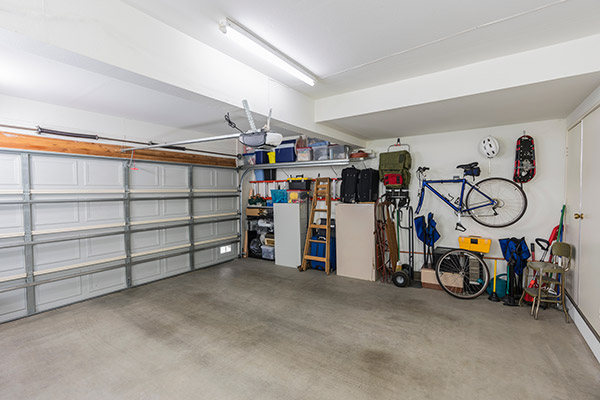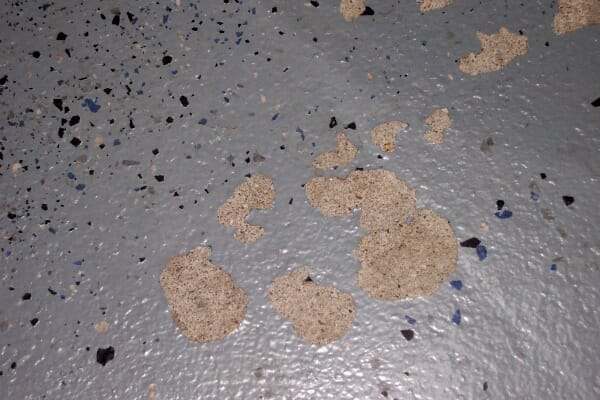Why Does My Garage Floor Sweat

Continue reading to learn how to stop concrete sweating.
Why does my garage floor sweat. Condensation occurs when moist air comes into contact with the cool concrete of the garage floor. This comprehensive guide will answer any queries concerning your sweating floor and provide the best strategies to stop the dumbness. A garage floor coating or epoxy can help to dramatically reduce condensation on the garage floor specifically. Scrub down the floor regularly.
Why garage floors sweat. Why does my concrete floor sweat. Before you stop the floor from sweating you have to investigate as to what s causing it. 1 the most likely reason a garage floor will sweat is warm moist air has entered from the outside and condensed water on the garage floor because the floor s temperature is below the dew point.
The structure is probably more than 75 years old. Humidity warm and humid air condenses into surface moisture when it comes into contact with the cool surface of your concrete floor or slab. Having a sweating floor does not only weaken the foundation of the premises but also creates a slippery surface which is a risk factor within your living space. A concrete garage floor may sweat for one or more of the following reasons.
Concrete sweating usually occurs when warm air comes into contact with a cooler concrete slab and it causes the concrete floor to sweat. It works similarly to a paint finish which you apply directly to the concrete slab. The 2nd floor ceiling also has air vents in the ceiling and the 2nd floor of the garage is insulated and the first floor is made from cinder blocks. For many homeowners the reason for a slick garage floor is condensation.
This means you will need to clear out the area and sweep it out then use a combination of detergent and hot water to really scrub the entire area using the bristle push broom. Faulty missing vapor barrier moisture from the ground can seep up and surface through the concrete if no vapor barrier has been installed or is faulty. This will remove and control deposits on the surface of the slab that may be contributing to condensation.


















